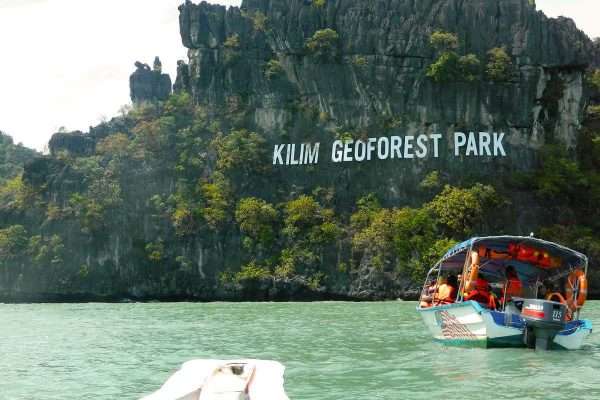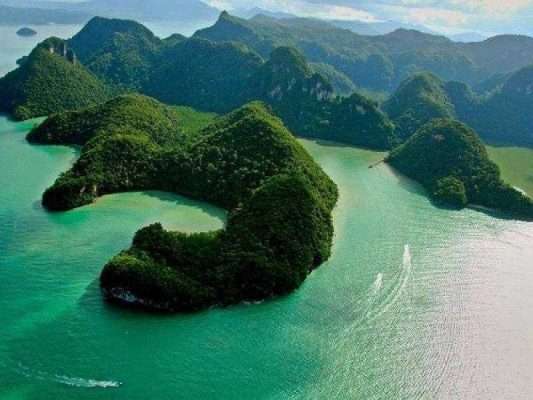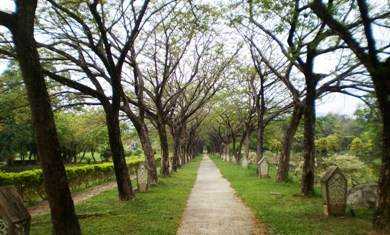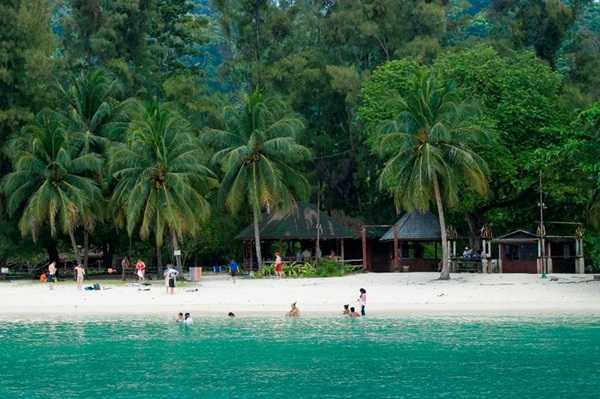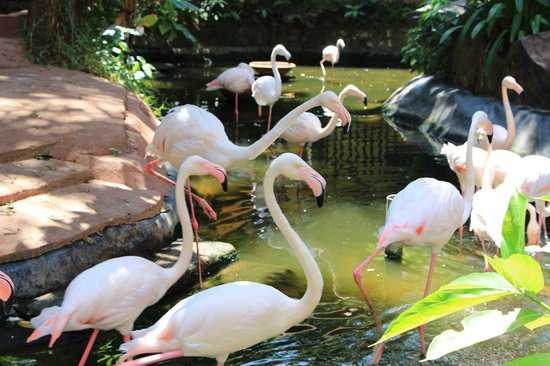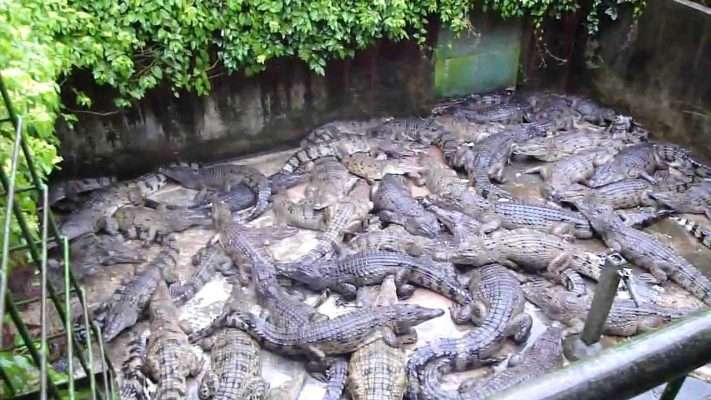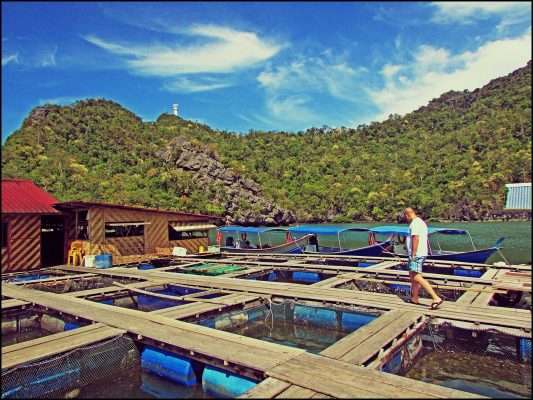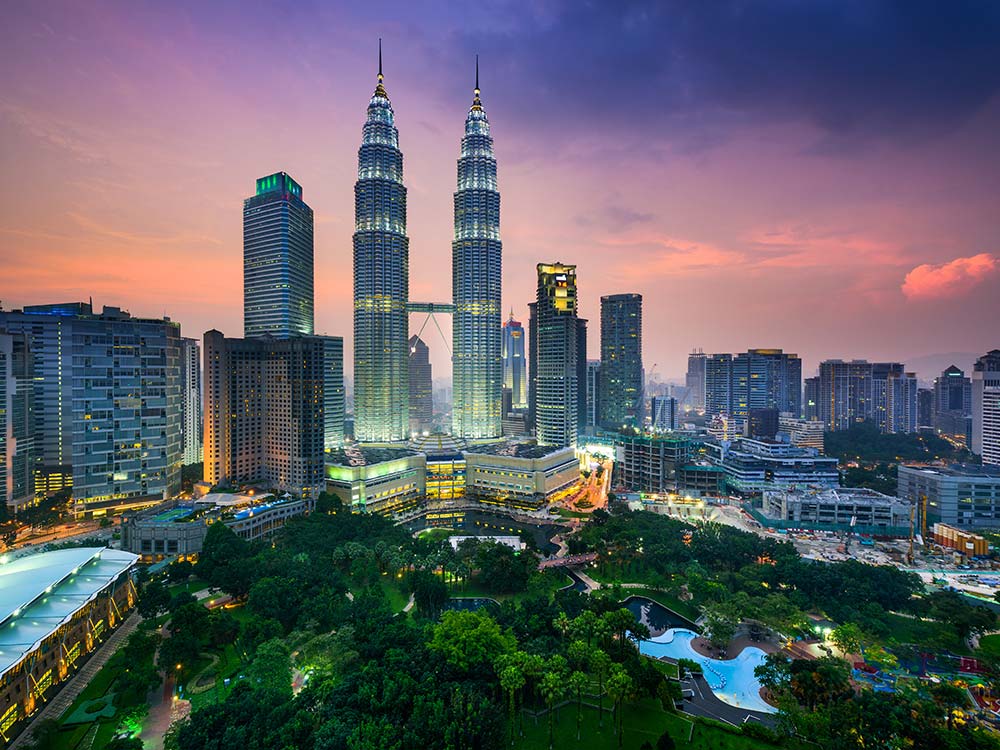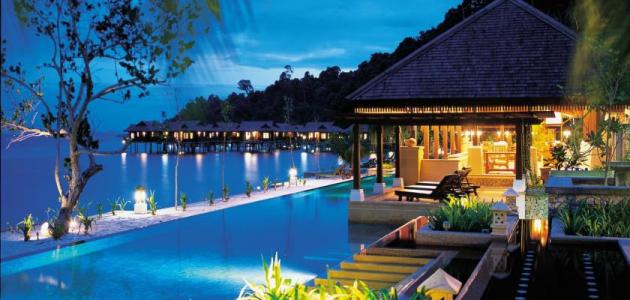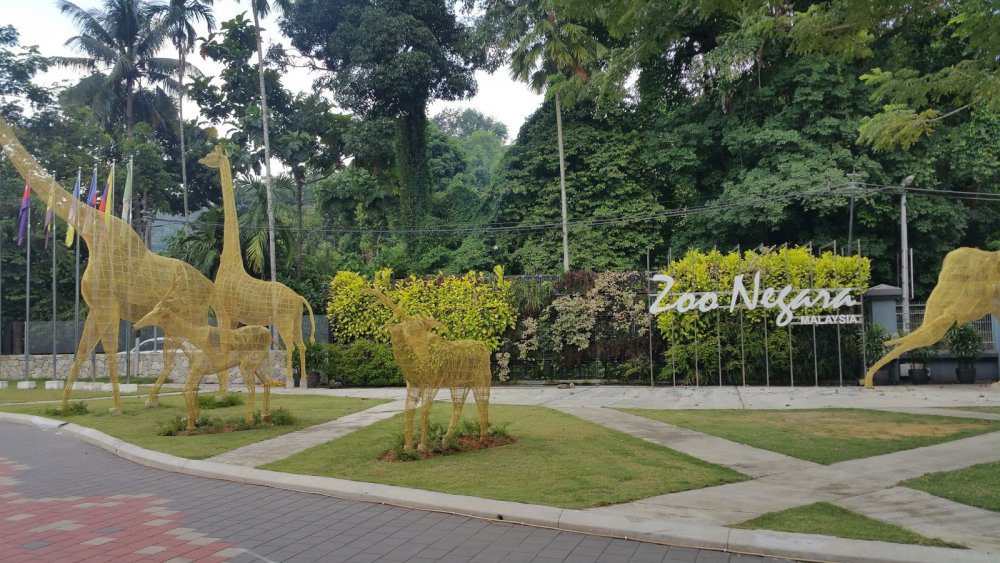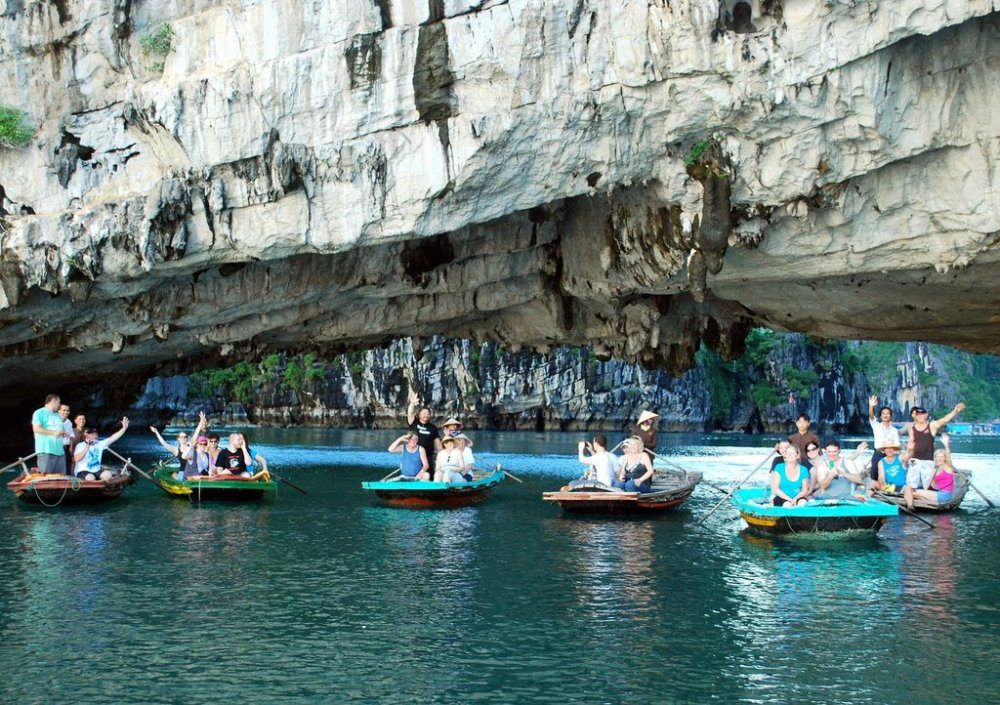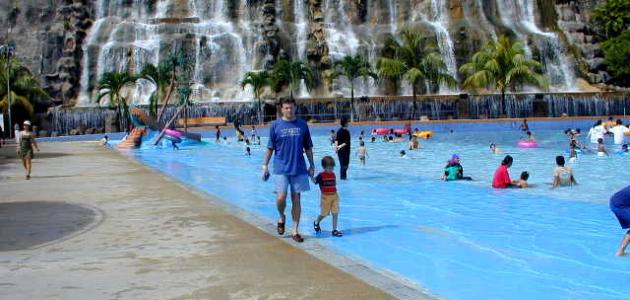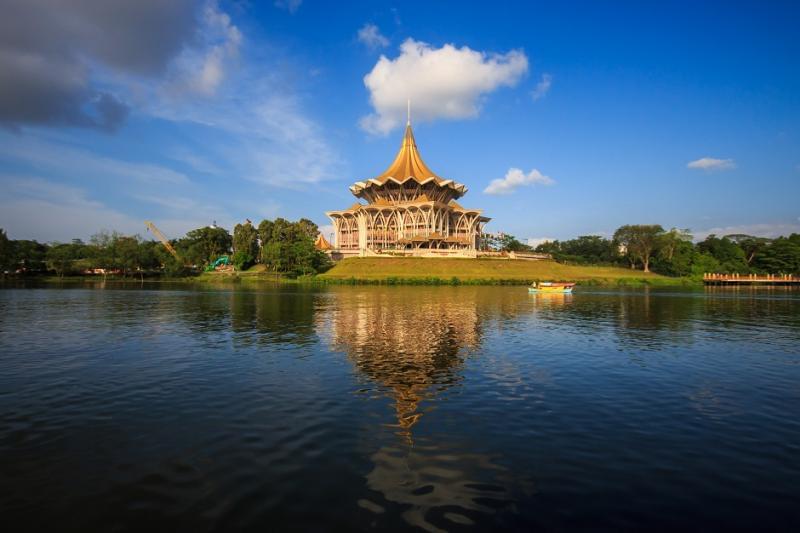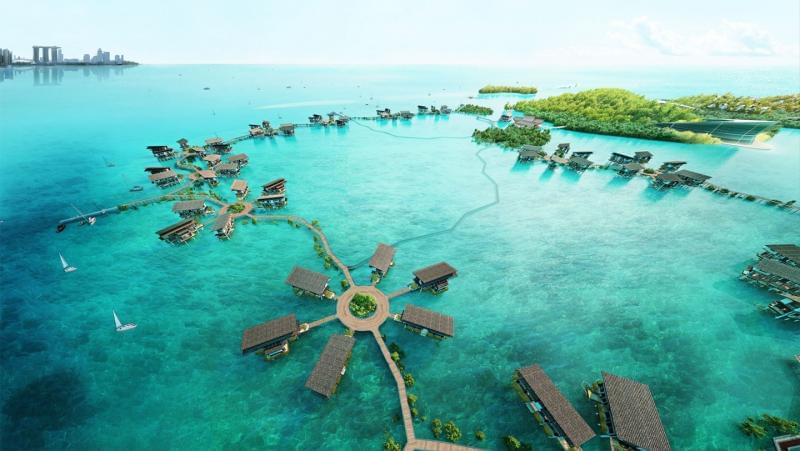The best months to see nature in Langkawi are the driest months, which are October, January, and February. The mother of the summer months is the monsoon season accompanied by heavy rains. As for the first months of May and October, jellyfish are a great danger for swimmers. In Chinese New Year in January and February, hotel prices are three times higher than normal days.
Table of Contents
Nature in Langkawi
Although Langkawi is a small island, it provides stunning natural scenery; the sea, beautiful blue turquoise waters, high mountains, and dense rain forests full of natural diversity can be seen, and there are vast areas of rice fields, green fields, parks and various lakes, some of which are not. It has outdoor beaches.
Kilim reserve
One of the ten best places to learn about nature in Langkawi, is the Kilim reserve. To see this park, a tourist rides a boat to stroll around the ancient reserve. Stunning limestone formations and tropical mangrove swamps can be seen along the river bank. There are also many islands that have fossils dating back to 480 million years, in addition to salt lakes and sea views. , Caves, rainforests that contain many animals and small birds, and many others.
Lush Virgo Lake
It is a beautiful and amazing lake, and one of the ten best places to see nature in Langkawi, surrounded by mountains and separated from the sea by a delicate rocky strait, this lake is located on Diang Ponting Island, which is located off the southern coast of the main island of Langkawi, the lake is great for swimming, boating, and forests in the mountain are excellent For bird lovers, visiting it is a great opportunity to enjoy the relaxing nature at its best.
Lagenda Park
Lagenda Garden is a beautiful garden full of manicured gardens and fruit trees, and its area extends over fifty acres, and includes many statues, structures, lakes, and industrial beaches, and these statues make the garden look legendary, which is calm and ideal for taking a stroll through the distinctive green areas.
Mardi Agro farm
It is a fruit farm run by the government, and one of the aspects of nature in Langkawi, and it contains a tourist guide explaining the technology and methods used in modern agriculture, and takes tourists on a tour around the orchards of the various types of fruits cultivated in it, and can be tasted during the trip, and on the farm is a cafe serving fresh fruit dishes.
Paula Bayer Marine Park
This island is about thirty kilometers south from the main island of Langkawi, and tourists go to the boat, which is a water park, and is a great place for both beginners and experts to swim, dive and snorkel, and it has many beautiful beaches and coral reefs, and colorful fish and reefs can be seen The amazing coral, which can hardly be seen anywhere else in Malaysia.
Langkawi Wildlife Park and Birds of Paradise
This garden is a manifestation of nature in Langkawi, which is a large park with covered paths for walking, and has a cage for a large group of birds, and can accommodate more than 150 species of animals and birds, and yet they are not rare animals difficult to preserve, but there are many interesting animals and birds , And visitors can feed it
Crocodile farm in Langkawi
This farm contains more than a thousand species of crocodiles, and an area of about twenty acres, and crocodiles live in an industrial environment in Langkawi close to the nature in which most of the crocodiles, and tourists can see them close-up but from a safe distance, and have wonderful sessions, and displays of crocodiles.
Floating fish farm in Langkawi
This farm is located in the Kilim River, and it contains many different types of fish and marine creatures, such as ray fish, stingrays, archers, crabs, horseshoe, and much more, and tourists can feed them, and the view of the region is wonderful because it overlooks the limestone slopes , Mangroves, boat and yacht houses.
Fossil Island Pulau Anak Ticus
It is a small island located in the waters of the Kilim River, and where there are huge rocks filled with fossils, about 480 million years old, and the island has amazing scenes of plants growing outside the solid rocks, and in it a tree that existed 200 million years ago, and has a long pedestrian bridge.

